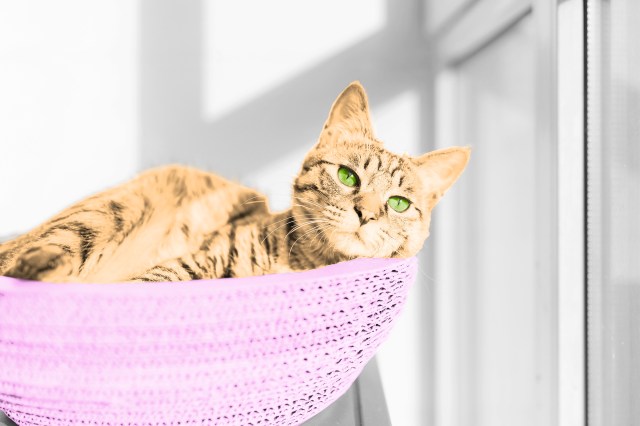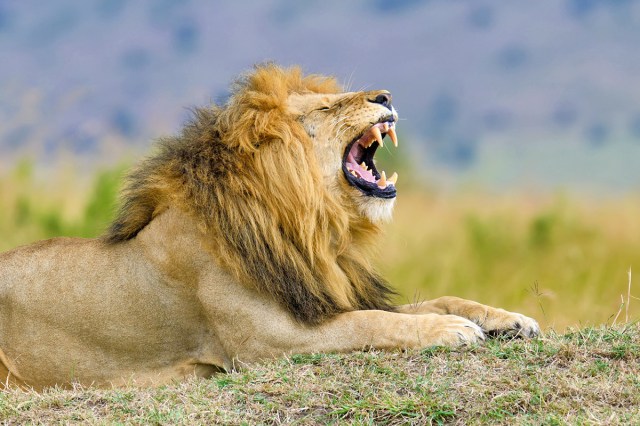
They’re Divided Into Two Categories: Roarers and Purrers
The Felidae family, comprising all 37 species of felines, is divided into two subfamilies: Pantherinae (commonly known as the “big cats”), which includes lions, tigers, and leopards; and Felinae, which encompasses smaller species such as cougars, bobcats, and domestic cats. Cats within the Pantherinae family roar, while members of the Felinae family purr.
Those vocal differences are due to structural variations in and around the vocal cords. Felinae species have an extra layer of fatty tissue that allows their vocal cords to vibrate at low frequencies, producing a purr. By contrast, Pantherinae cats have tough cartilage at the base of their throats, which prevents purring but gives the larynx the flexibility needed to produce a roar. A lion’s roar measures around 114 decibels — far louder than the average housecat’s 25-decibel purr.
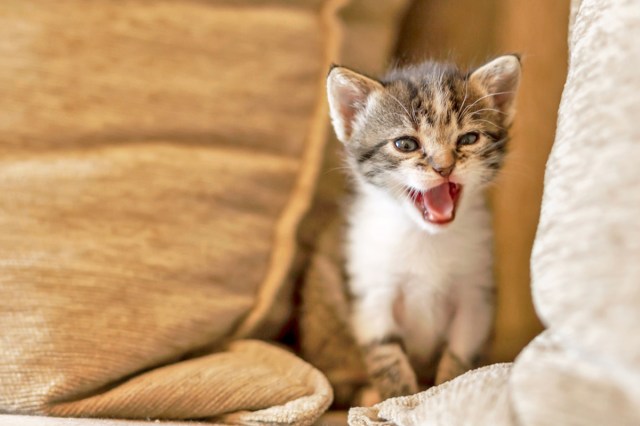
They Meow Mainly To Communicate With Humans
Domestic cats meow for many reasons — to greet, complain, or request — but interestingly, they primarily do it only around humans. This behavior originates in kittenhood, when young cats meow to get their mother’s attention. As they grow, they take this behavior into adulthood but repurpose it to interact with their human companions.
Animal behavior psychologist Dr. John Wright explained in an interview with Live Science that cats use vocal communication to manipulate their humans. Cats choose meowing over other forms of interaction because humans’ senses aren’t as finely tuned as theirs, meaning we can’t communicate as easily through smell or touch; their meowing elicits the greatest response from us.
Different meows serve different purposes. For example, a short, high-pitched “meow” may be a simple greeting, while a longer, more urgent “mrroooow” may signal hunger or danger. And domestic cats aren’t the only species that use meowing to communicate: Larger cats such as snow leopards, cheetahs, cougars, and even lion cubs also meow occasionally, mostly to locate each other or, in the case of young cats, to request food or affection.
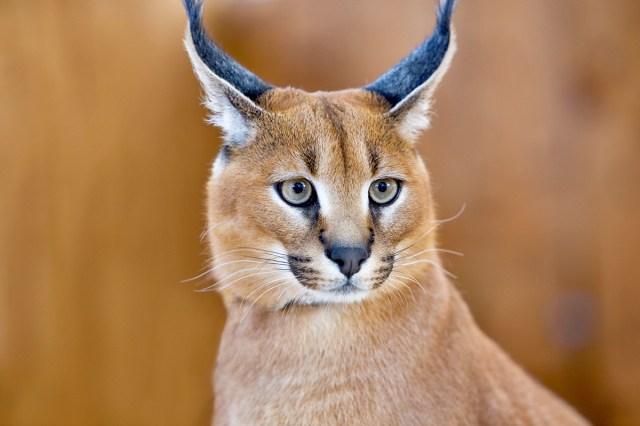
There Are 73 Recognized Cat Breeds
The International Cat Association (TICA) is a genetic registry for pedigreed cats and is one of the world’s largest sanctioning bodies for cat shows. As of 2025, TICA officially recognizes 73 breeds of domestic cats, each with unique characteristics, mannerisms, and aesthetics, from the ancient Abyssinian breed to the water-loving Turkish Van.
One of the newest recognized breeds is the Highlander, a cross between the Desert Lynx (bred to resemble a bobcat) and the Jungle Curl (known for its curled ears). Weighing between 10 and 20 pounds, this muscular breed is playful and affectionate, boasting the size of its wild ancestors without their aggression.
More Interesting Reads
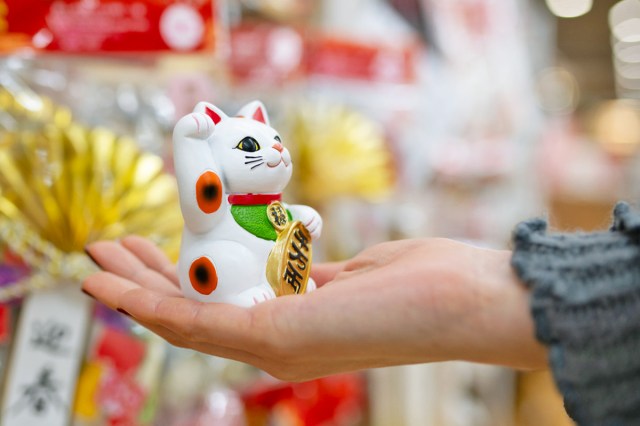
The “Beckoning Cat” Brings Good Luck in Japan
Often depicted as a white or calico cat with one paw raised, the maneki-neko (“beckoning cat”) is a popular Japanese figurine believed to bring good fortune or prosperity. In stark contrast to Western superstition, even black maneki-neko are considered lucky in Japan.
There are various origin stories, but one popular legend hails from Tokyo’s Gōtokuji Temple during the Edo period (1603 to 1868). According to temple historians, a feudal lord was saved from being struck by lightning by a cat named Tama, who beckoned him into the safety of the temple just in time. In gratitude, the lord made the cat a temple patron. Today, thousands of maneki-neko statues are displayed in Tama’s honor.
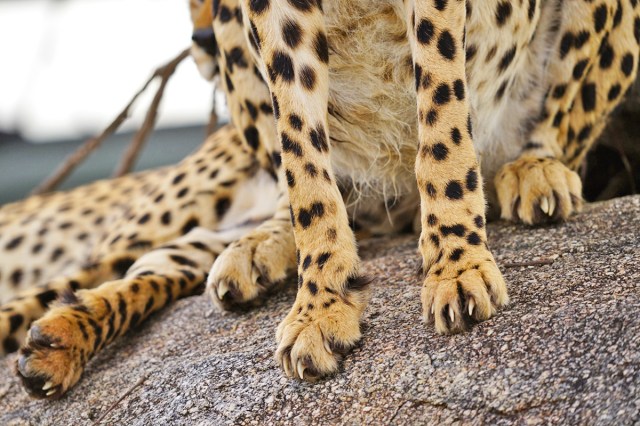
All But One Species Have Retractable Claws
Retractable claws are a defining feature of most cat species. When unsheathed, claws are valuable tools for defense and hunting. Both big and small cats — from lions to housecats — share this trait. However, one species breaks the mold: the cheetah.
Cheetahs have semi-retractable claws that remain at least partially extended at all times, similar to those of dogs. Their claws are also somewhat blunt, providing better grip and traction, akin to an athlete’s cleats. This helps cheetahs achieve speeds of more than 70 mph. Their unique paw pads (which are hard like rubber) and long tails also aid in maneuverability while sprinting.
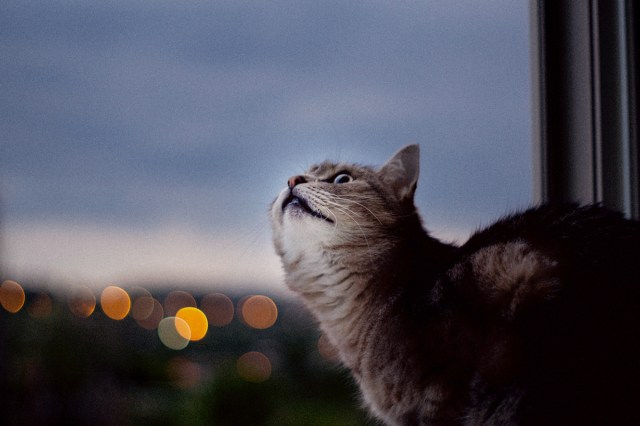
Housecats Are Crepuscular
Domestic cats are active at dawn and dusk, making them crepuscular animals. This natural rhythm helps explain the daytime napping habits of housecats, which sleep an average of 10 to 13 hours a day, conserving energy for their instinctual “hunt” during twilight hours. This habit is the result of millions of years of evolution.
In the wild, other species of cats also exhibit crepuscular or nocturnal behaviors, depending on their environment and hunting patterns. For instance, leopards are typically nocturnal and do most of their hunting at night.
Cats have evolved to thrive in low-light conditions; they require a mere one-sixth of the illumination levels humans need to see well. Moreover, their distinctly shaped pupils dilate up to 135 times their smallest size, maximizing light intake. Cats’ eyes also feature a layer of cells behind the retina called the tapetum lucidum, which reflects ambient light, further enhancing night vision and giving cats their iconic “glowing” eyes in the dark.
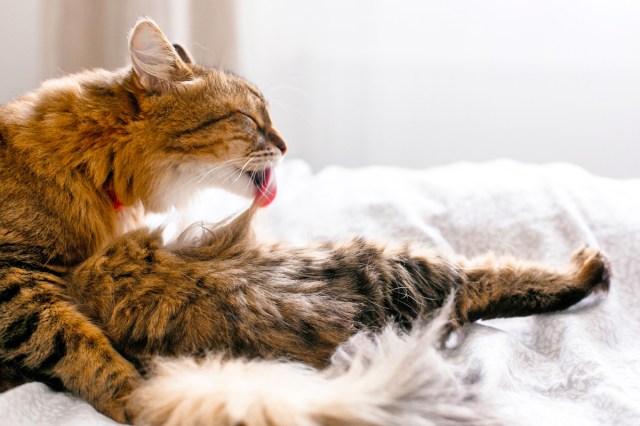
They Spend up to 50% of Their Time Doing This One Thing
Domestic cats spend up to half their waking hours grooming themselves, a behavior that has both health and social benefits. Their barbed tongues clean away dirt, dust, dead skin cells, and other debris, which is why cats generally don’t need to be bathed by their owners. Undomesticated cats frequently groom themselves as well, because it removes odors that could attract predators in the wild.
Grooming also plays a key role in cats’ social behaviors. They often groom each other in a bonding behavior known as “allogrooming,” which is observed in many mammalian species, including chimpanzees. You may even find your cat licking you — not just for attention, but as a sign of affection. As a bonus, grooming is soothing for cats, helping them self-regulate stress after experiences such as visits to the veterinarian or time away from their human companions.
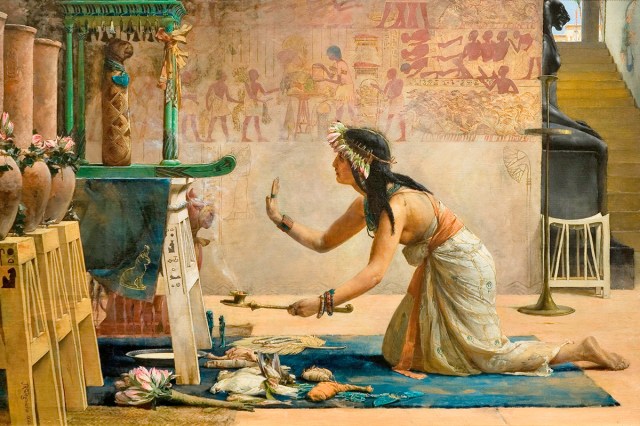
Ancient Egyptians Mummified Their Cats
Cats have held a sacred place in human culture for millennia, and perhaps the best example of this is in ancient Egypt. What began as a practical alliance to protect grain stores evolved into spiritual reverence. Cats played many roles in ancient Egypt, serving as companions, protectors, and even divine beings. Many Egyptians viewed cats as talismans of good fortune, and some believed they were vessels gods chose to inhabit, as seen with the cat-headed goddess Bastet.
Cats were so cherished in ancient Egypt that humans chose to take them along to the afterlife as mummified companions. Evidence of their significance is found in tombs around Egypt, often alongside mummified mice as offerings for the cats. This practice reflected the Egyptian belief that the tomb was one’s eternal home in the afterlife, and for many, no home was complete without a cat.

